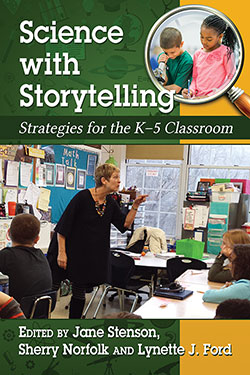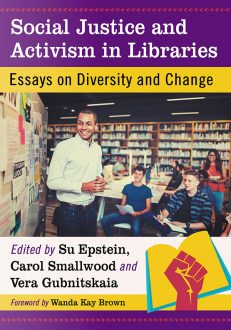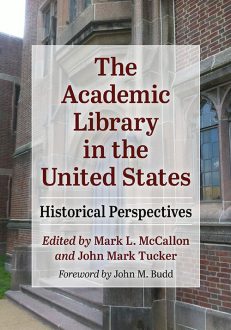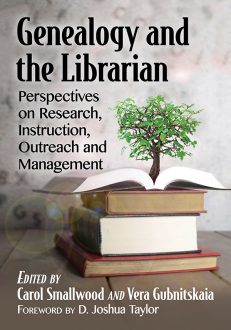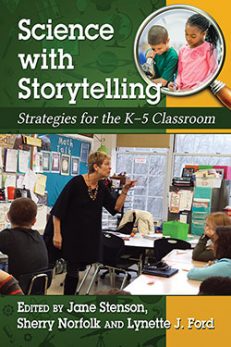Science with Storytelling
Strategies for the K–5 Classroom
$39.95
In stock
About the Book
This book is about the intersection of storytelling and science. Recognizing that humans are hard-wired for narrative, this collection of new essays integrates the two in a special way to teach science in the K–6 classroom. As science education changes its focus to concepts that bridge various disciplines, along with science and engineering practices, storytelling offers opportunities to enhance the science classroom. Lesson plans are provided, each presenting a story, its alignment with science (Next Generation Science Standards), language arts (Common Core State Standards) and theater arts standards (National Core Arts Standards). Instructional plans include a rationale, preparation, activities and assessment.
About the Author(s)
Bibliographic Details
Edited by Jane Stenson, Sherry Norfolk and Lynette J. Ford
Format: softcover (6 x 9)
Pages: 308
Bibliographic Info: 14 photos & illustrations, notes, bibliographies, index
Copyright Date: 2017
pISBN: 978-0-7864-9818-5
eISBN: 978-1-4766-2354-2
Imprint: McFarland
Table of Contents
Table of Contents
Acknowledgments xi
Preface 1
Introduction (Jane Stenson) 3
Science Is a Story (Vito M. Dipinto) 11
Thinking Like a Scientist: How Do Scientists Figure Things Out? (Mary Hamilton and Charles Wright) 13
Part One. Early Childhood: Pre-Kindergarten through Second Grade 17
Introduction: “Eensy Weensy” First Steps into Scientific
Inquiry (Lynette J. Ford) 18
Physical Science
“Sody Sallyratus”: States of Matter (Sherry Norfolk and Jane Stenson) 22
“Anansi and Turtle Go to Dinner”: Sink and Float (Jane Stenson with Sherry Norfolk and Bobby Norfolk) 29
“How the Rainbow Was Made”: Liquid Rainbow and the Density
of Liquids (Dana Allande O’Brien) 35
“The Lady Who Put Salt in Her Coffee” (Vito M. Dipinto) 40
“Prairie Dogs in the Rain”: Solving Problems with Simple
Machines (Sherry Norfolk) 46
Life Science
Creating a Pourquoi (“How and Why”) Story (Katie Knutson) 52
Caterpillar to Butterfly: The Process of Metamorphosis (Lynette J. Ford) 59
Caterpillar to Butterfly: Thoughts on Science and Storytelling
(Judith Black) 66
Hatching Chicks in the Kindergarten Classroom (Tracy Drummer Aiden and Elizabeth Barlock) 75
“Tops and Bottoms”: What Goes Up? What Goes Down? (Jane Stenson) 80
“Why Mosquitoes Buzz in People’s Ears”: Pourquoi Stories and Mosquitoes (Joyce H. Geary) 84
Stellaluna: Comparing and Contrasting Animal Needs (Lindsey Cohn) 90
Earth and Space Science
“Rabbit’s Tale”: A Paiute Indian Nature Myth (Lynn Rubright) 98
The Big Dipper: Patterns, Inspiration and Multicultural Stories (Lynette J. Ford) 106
“Un Lazo a la Luna” and Other Tales: Observing the Moon (Jane Stenson) 116
“Old Man Coyote and the Rock”: The Rock Cycle (Jane Stenson) 120
Part Two. Upper Elementary: Grades Three through Six 125
Introduction (Sherry Norfolk) 126
Physical Science
“Turtle Wants to Fly”: Gravity, Force, Thrust and Failure (Lynette J. Ford) 130
“Paddy the Bricklayer”: Working and Playing with Pulleys (Jane Stenson) 136
“The Lady Who Put Salt in Her Coffee”: Life Science, Chemistry and Problem Solving Strategies (Vito M. Dipinto) 141
A Folktale Puppet Opportunity: Lights and Shadows (Jane Stenson with Julie Tubbs) 148
Life Science
“All Things Are Connected”: Interdependence (Sherry Norfolk) 155
Insects and Plants: Finding the Food Connection (Mary Hamilton and Charles Wright) 160
“The Knee-High Man”: Adding Science to Your Animal Stories (Kevin Strauss) 170
Developing Effective Animal Characters (Kevin Strauss) 175
An Adventure Through a Cell: Using Plant and Animal Cells to Create an Adventure Story (Jenny McCrery) 180
George Washington Carver: The Argument for Crop Rotation (Bobby Norfolk with Sherry Norfolk) 184
“Monkey and Buzzard”: Animal Adaptations (Fran Stallings with Sherry Norfolk) 191
“Sausage Nose”: Food Spoilage and Preservation (Geordan Stenson with Cy Ashley Webb) 199
Nimrod and His Animal Teeth: Exploring Physical Structures, Functions, Life Cycles and Connections (Ingrid Nixon) 206
Earth and Space
“The Wave”: Tsunamis (Anne Shimojima and Sheri Lucterhand) 215
“The Making of Whirlwind”: The Cyclone Applied
to a Dyson Vacuum Cleaner (Jane Stenson) 220
Embodied Storytelling: Using Voice, Body, Visual Images
and Writing to Clarify a Pattern or Process (Arianna Ross) 225
“How Dragon Lost His Tail”: Shaping Landforms (Sherry Norfolk) 234
Pele, or a Volcanic Trip: Tectonic Plates, Sulfur Gases, the Rock Cycle and Art (Jeff Gere ) 239
To See Below the Surface: A Story of Folklore and Fossils (Darlene J. Neumann and Larry C. Neumann) 246
“Skunny Wundy and the Stone Giant”: Crystallization (Marilyn A. Kinsella and Larry Kinsella) 254
Part Three. Conclusions and Possibilities: Storytelling and the National Aeronautic and Space Administration 260
An Interview with Beth Horner 261
An Interview with Jay O’Callahan 267
Science and Storytelling Online Resources
Compiled by Karen Chace 273
Bibliography 281
Compiled by Lynette J. Ford, Sherry Norfolk and Jane Stenson
About the Contributors 285
Index 295


